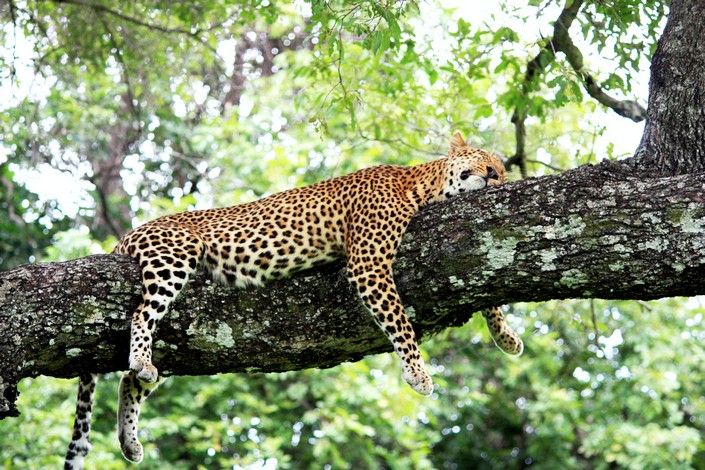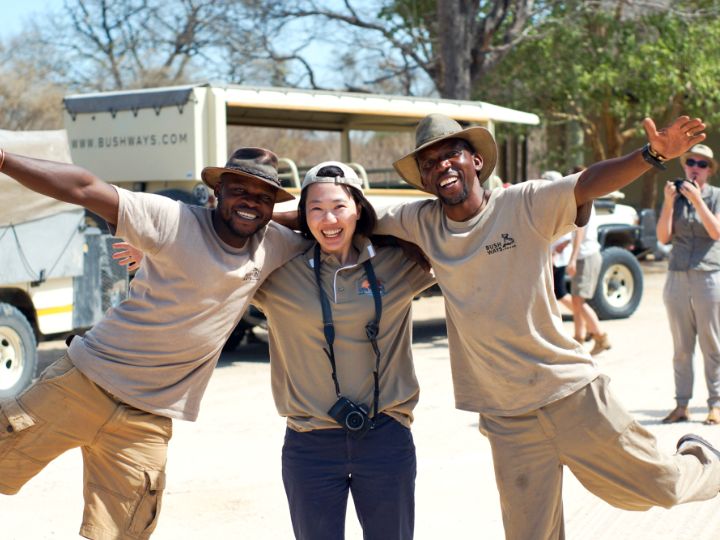Situated close by to Clanwilliam, about 300 kilometres north of Cape Town, South Africa, lies the Cederberg mountains. The range of mountains got its name from the endangered Clanwilliam Cedar – a tree endemic to the region. The mountains are renowned for their dramatic rock formations and intriguing San (Bushmen) rock art.
The mountains of Cederberg stretch approximately 50 kilometres north-south, and 20 kilometres east-west. On the west they are bordered by the Sanveld, in the north by the Pakhuis Mountains, in the east by the Springbok flats, and in the south by the Kouebokkeveld Mountains and Skurweberge. The N7 is the primary access road and runs to the west of the mountain range. The area is thinly populated, with its closest towns being Citrusdal in the southwest and Clanwilliam in the north.
There are numerous noteworthy mountains within this range, including Sneeuburg at 2,026 metres and Tafelberg at 1,969 metres. Significant landmarks include the Maltese Cross, Woldberg Arch and Wolfberg Cracks. The most prominent characteristics of the region are the sharply defined sandstone rock formations which are typically a reddish hue. This collection of rocks holds bands of shale, and in recent years a couple of important fossils have been found in these argillaceous layers. The fossils are that of primitive fish and date back 450 million years ago, to the Ordovician Period.
The summers of Cederberg are hot and arid, whilst the winters are wet and cold with typical yearly rainfall in the low lying regions of less than 700 millimetres. The taller mountains are powdered with snow during the winters, and the days of summer are normally clear with no sign of clouds. Due to the clear skies throughout majority of the year, the area is a fantastic spot for sky watching, and boasts its own amateur observatory for this purpose.
Cederberg’s main vegetation is the Mediterranean Fynbos in the rainier south and west, transforming to a semi-desert shrub in the north and east. The aforementioned Clanwilliam Cedar trees come from the Cupressacea family, as well as the Snow Protea of the Proteaceae family are endemic to the region and can only be spotted in the more isolated areas higher up in the mountains.
The top predators of the region are the felids Leopard and Caracal. Other animals include the Rock Hyrax (or ‘dassie’), Meerkats, and other mongooses, bigger antelopes and Gemsbok, as well as the Cape Mountain Zebra and Chacma Baboons. There are also countless birds, tiny mammals, reptiles and insects to be found all over the area. Other endangered species spotted in Cederberg include the Clanwilliam Yellowfish, Clanwilliam Redfin, and Sawfin.
The area is dotted with many caves and overhangs in which intriguing San rock art can be viewed – proof of the earliest dwellers of the region. As a wilderness region, the main activity in which most like to partake is eco-tourism, which includes camping, rock climbing and hiking. The primary campsite, Algeria, is operated by Cape Nature.
Cederberg is famous for its top quality rock climbing trails, specifically around the Krakadouw and Tafelberg mountains. There are plenty of day and overnight hikes that suit most everyone, and with so much to do and see in this stunning area, Cederberg is most certainly a place of interest to anyone visiting the region.
Image courtesy of Cederberg Accommodation




0 Comments